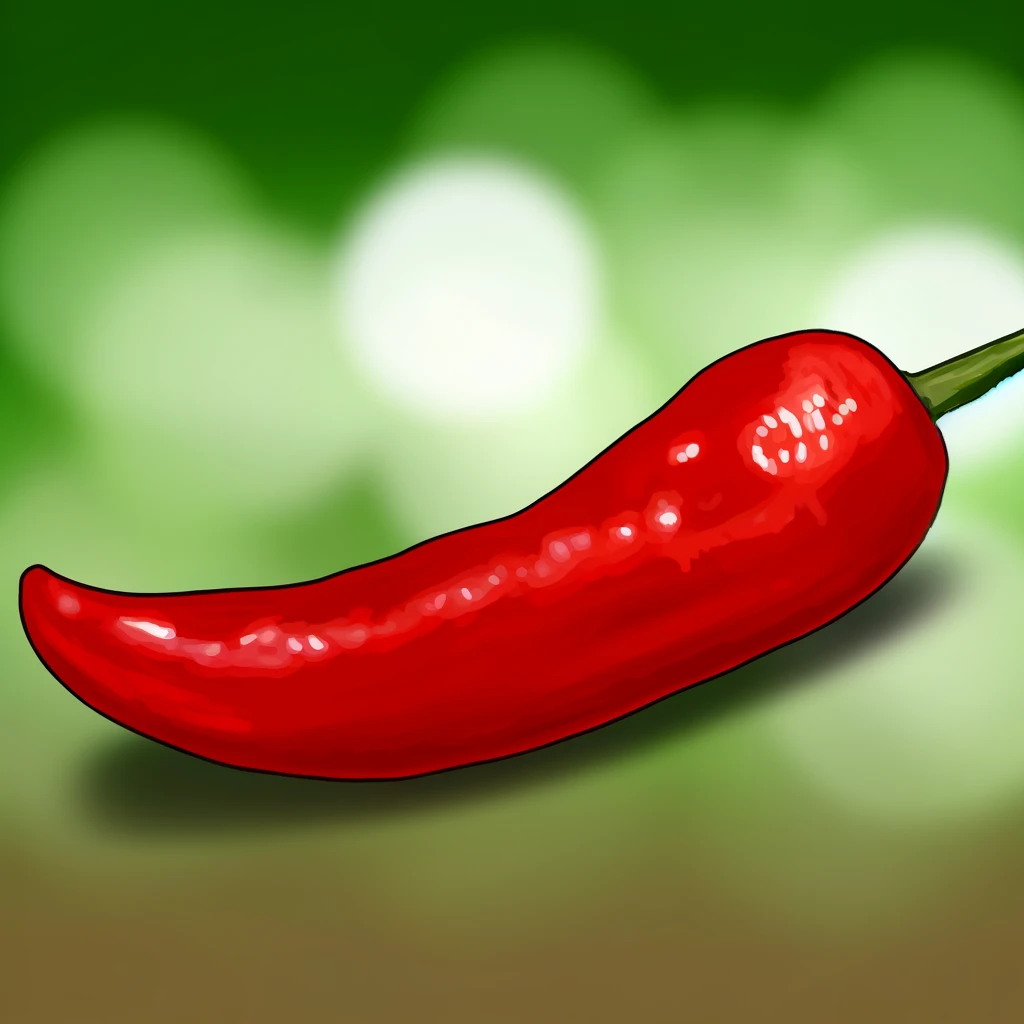

TEL: +1 608-238-6001 Email: greg@cruisingreview.com
New Health Series An important part of traveling is maintaining proper health. This series dives deep into help making good food choices and techniques that reduce the effects of long flights and other travel struggles. More Info
Bemer PEMF Device Review and Experience New as of April 2024 and updated on 27 June, 2024 I just received the Bemer Therapy System Evo to see if it helps after long flights, post covid, and circulation. More Info
DIY Skin Cream Make skin cream at home using natural products. More Info

|
|
Capsaicin Capsaicin, a compound found in chili peppers, is celebrated not only for its ability to impart a fiery taste to foods but also for its intriguing health benefits. Here's a comprehensive look at capsaicin, from its origins to its use in enhancing health and well-being.What is Capsaicin?Capsaicin is the bioactive compound responsible for the spicy sensation associated with chili peppers. It is primarily found in the white pithy part that holds the seeds, rather than in the seeds themselves or the flesh of the pepper. This compound interacts with sensory receptors in the mouth, producing the heat sensation that many find enjoyable. Capsaicin is synthesized by chili peppers as a defense mechanism against fungal attack, thanks to its antifungal properties.How is Capsaicin Made?While capsaicin is naturally occurring in chili peppers, it can also be extracted and concentrated for use in various products. The process involves drying and crushing the peppers, then using solvents to extract the capsaicin from the crushed material. After extraction, the capsaicin is refined and concentrated to the desired level for use in foods, medications, and other products.Health Benefits and Best Forms for AbsorptionCapsaicin has been studied for its potential health benefits, including pain relief, weight loss, and improved heart health. It's thought to work by reducing the amount of substance P, a chemical that helps transmit pain signals to the brain. The best forms for absorption into the body include:• Topical Creams and Patches: Applied directly to the skin, these allow capsaicin to be absorbed locally, providing relief for conditions like arthritis and neuropathic pain.• Dietary Supplements: Capsaicin capsules can deliver a concentrated dose, beneficial for metabolic boost and weight management.• Dietary Intake: Simply incorporating chili peppers into meals can provide a less concentrated but still beneficial amount of capsaicin.Benefits to CirculationCapsaicin may also have positive effects on circulation. It's thought to help lower blood pressure and improve endothelial function, which can lead to better blood flow and a lower risk of vascular diseases. These effects are attributed to capsaicin's ability to promote the release of nitric oxide, a compound that helps dilate blood vessels.Use in Tea and Body Lotion• Tea: Capsaicin is sometimes added to tea, either through infusing chili peppers or adding capsaicin extracts. This can provide a warming sensation and is believed to aid in digestion and promote wellness.• Body Lotion: Capsaicin-infused lotions are used for their analgesic properties, providing relief from pain by desensitizing the skin and underlying tissues to pain signals. |
|
CAPSAICIN CAPSAICIN :Active component of chili peppers, which are plants belonging to the genus Capsicum. Capsaicin, the phytochemical responsible for the spiciness of peppers, has the potential to modulate metabolism. The increased expression of UCP2 induced by TRPV1 activation exerts a protective antioxidant effect on the liver in non-alcoholic fatty liver disease, and on vascular endothelium in the context of hyperglycaemia. Capsaicin, obesity, TRPV1, Capsaicinoids,nerve growth factor, neuropathic pain, nociceptor, Cardiovascular disease, Diabetes, Dyslipidemia, Hypertension, Metabolic syndrome, Red pepper, Antioxidant activity, Multivariate analysisKeywords: Capsaicin, obesity, TRPV1, Capsaicinoids,nerve growth factor, neuropathic pain, nociceptor, Cardiovascular disease, Diabetes, Dyslipidemia, Hypertension, Metabolic syndrome, Red pepper, Antioxidant activity, Multivariate analysis Summary of Abstracts: Active component of chili peppers, which are plants belonging to the genus Capsicum. Capsaicin, the phytochemical responsible for the spiciness of peppers, has the potential to modulate metabolism. The increased expression of UCP2 induced by TRPV1 activation exerts a protective antioxidant effect on the liver in non-alcoholic fatty liver disease, and on vascular endothelium in the context of hyperglycaemia. |
| CONTACT TEL: 608-238-6001 Email: greg@cruisingreview.com | RSS | AMP | PDF | IG |